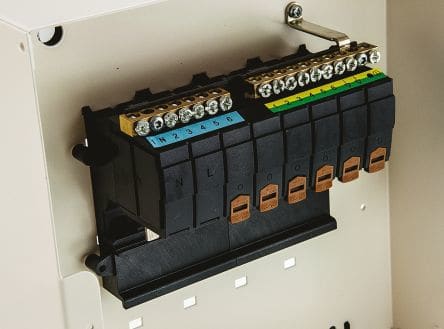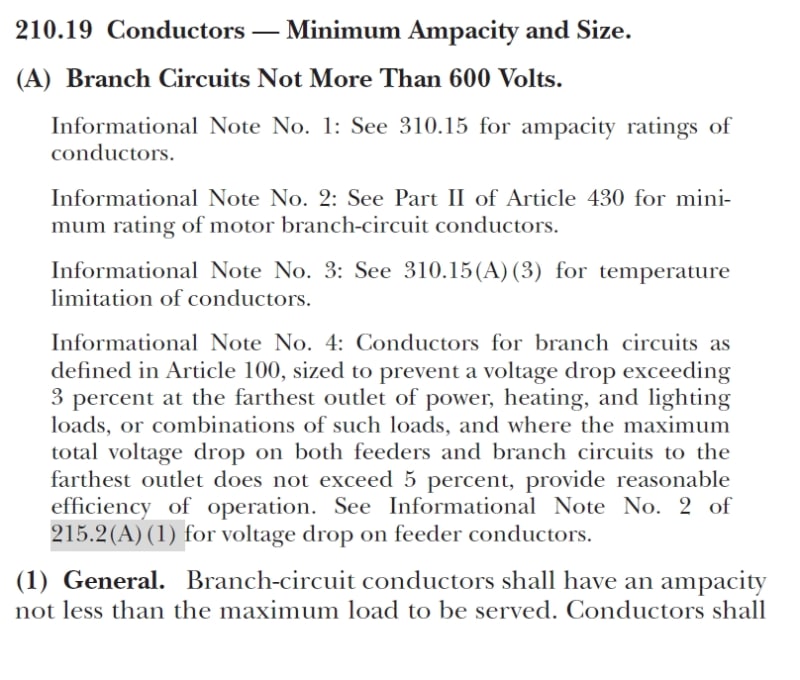Hi all,
2 adjacent terraced houses are being joined into one. The electricity company meter cabinet is towards the front of each house and the consumer units are over the rear door in both instances. The heating system is oil and there is no storage electric or heat pumps in either unit, therefore, it is likely both houses are 12kVA supplies with 16mm2 mains tails. The houses were built in 2002.
The final house would have only 1 no. cooker with oil heating and so a 12kVa supply should suffice for the final two units combined,
It is proposed that 1 of the electricity meters would be disconnected and the associated consumer unit would be connected with a new 16 mm2 SWA to be installed to the other consumer unit. This would serve to minimize the amount of rewiring required,
Question:
1. do electricity utilities have particular requirements for supplies to previously separated houses?
2. Any obvious oversights in the above proposal?
Thank you,
2 adjacent terraced houses are being joined into one. The electricity company meter cabinet is towards the front of each house and the consumer units are over the rear door in both instances. The heating system is oil and there is no storage electric or heat pumps in either unit, therefore, it is likely both houses are 12kVA supplies with 16mm2 mains tails. The houses were built in 2002.
The final house would have only 1 no. cooker with oil heating and so a 12kVa supply should suffice for the final two units combined,
It is proposed that 1 of the electricity meters would be disconnected and the associated consumer unit would be connected with a new 16 mm2 SWA to be installed to the other consumer unit. This would serve to minimize the amount of rewiring required,
Question:
1. do electricity utilities have particular requirements for supplies to previously separated houses?
2. Any obvious oversights in the above proposal?
Thank you,

![[sad] [sad] [sad]](/data/assets/smilies/sad.gif)

